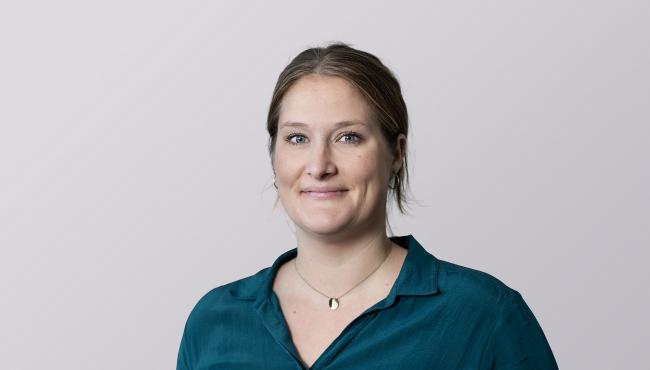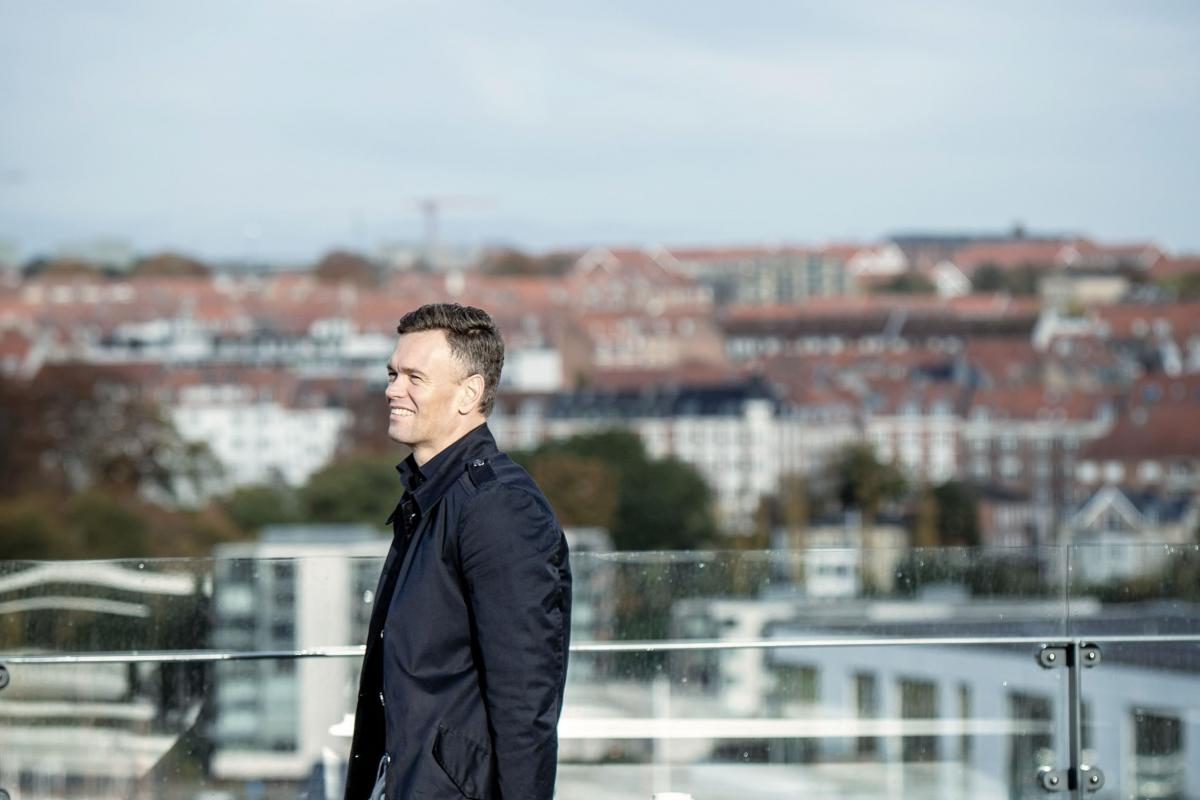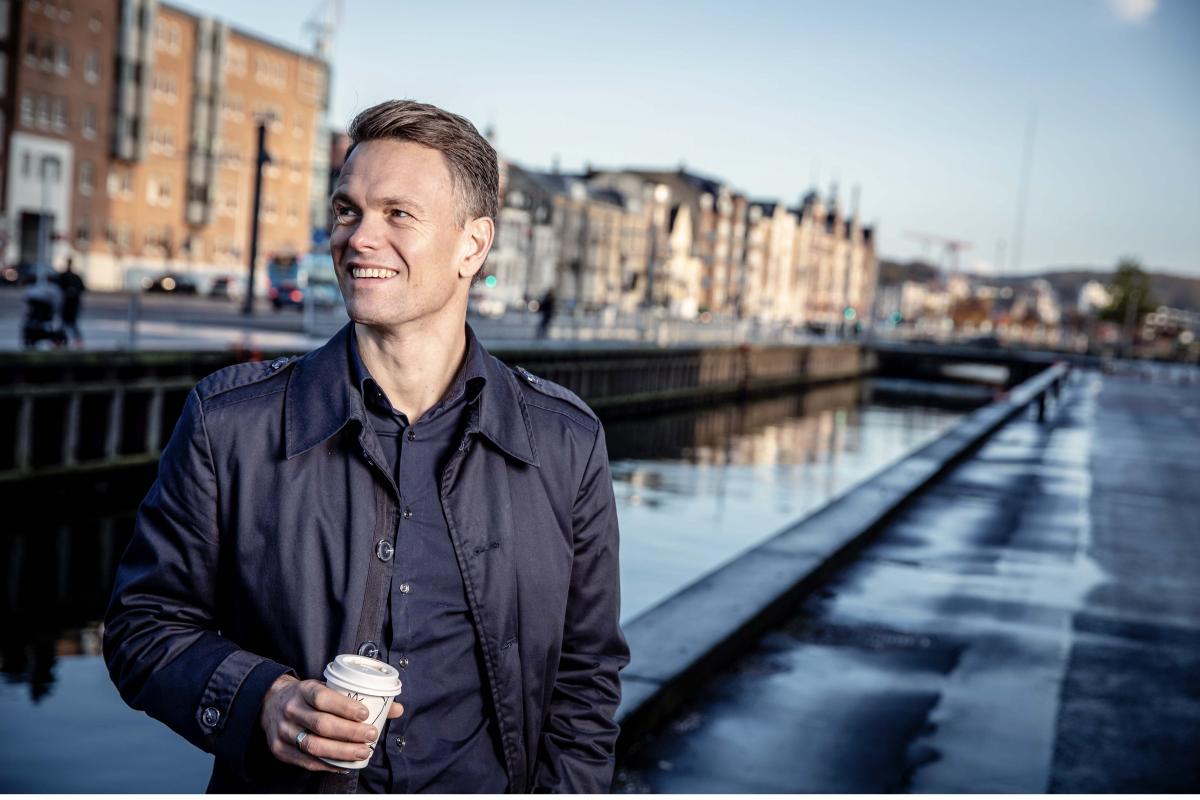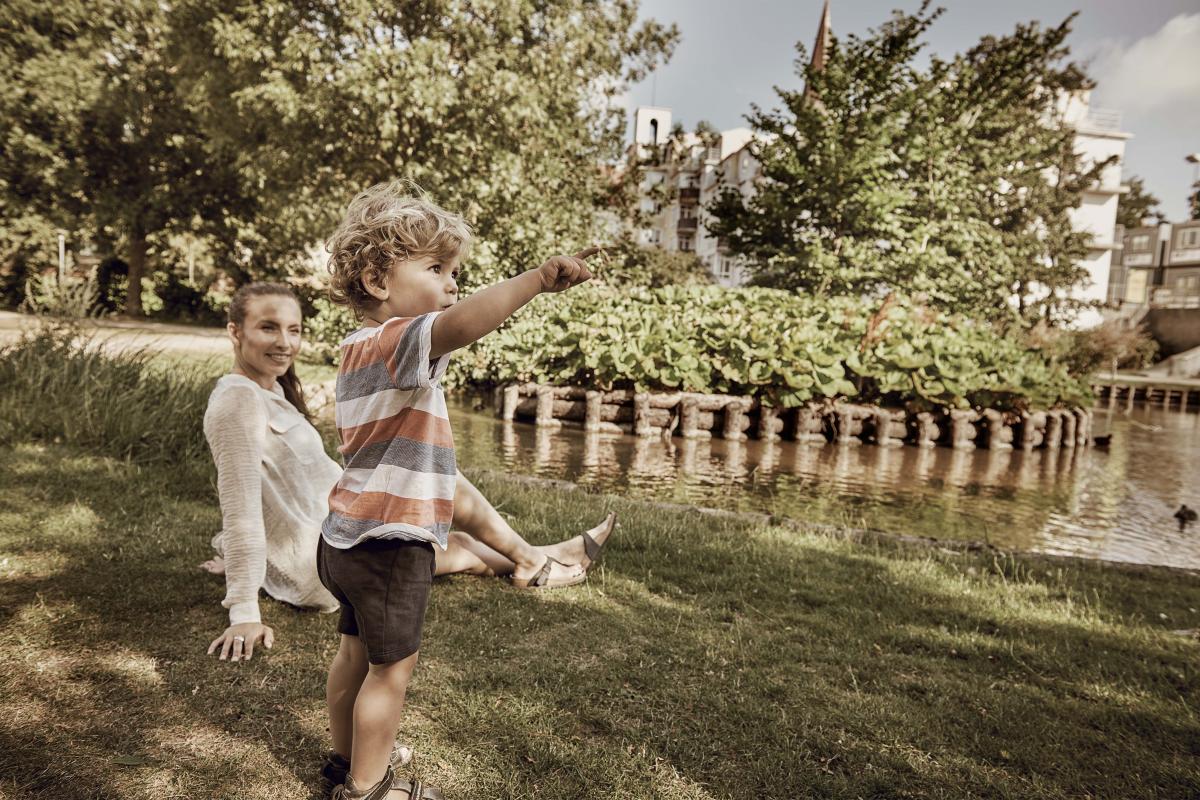
Future infrastructure should be for everyone
A survey from AFRY shows that almost one in five young Danish people think that insufficient infrastructure will be among the greatest challenges for cities in the future.
According to the UN, 70 % of the world’s population will be living in cities by 2050. But how does this affect the way we plan the function and placement of roads, bike lanes and public transportation?
According to Matilda Porsö, who works with traffic planning at AFRY, we can meet the infrastructural challenges that come with increasing urbanisation with visionary urban planning and traffic planning:
“We have to plan cities according to the way we want people to transport themselves. Not according to the increasing number of cars on the roads,” she says.
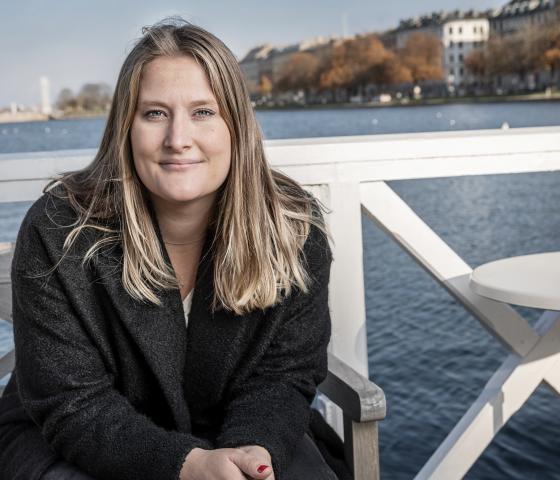
Fewer parking spaces - more human space
A lot of people know the feeling of being stuck in traffic during rush hour. Cars, busses, trucks, bikes, and people walking to and from work are making it difficult to get around the city - and even more difficult to find an available parking space.
The solution might not be to create more parking spaces for cars. According to Matilda Porsö, a lot of cars should be removed from the cities, leaving more space for public transportation, bikes, people, and green spaces:
“We are facing a challenge regarding traffic in our cities. This is a discussion that we need to take seriously. Do we want to build car parks and make room for more cars? Or do we want to remove cars from the cities and use the space to provide better and more sustainable alternatives for people?”, she asks.
According to Matilda Porsö we can’t all live in the middle of a large city and own two cars. Instead, we should make sure that the opportunities for public transportation and the cities’ infrastructure are good enough for people to want to grab their bike, the bus, or walk to their destination.
Goals over forecasts
The cities in the future should be for everyone. If we want future cities to be full of green spaces and have room for cyclists and pedestrians, we should focus on goals rather than forecasts, when we do urban planning.
“If we actively work on creating innovative traffic and urban space solutions, we give people a reason to leave the car at home and jump on the bike or the bus instead. Real alternatives to the car”.
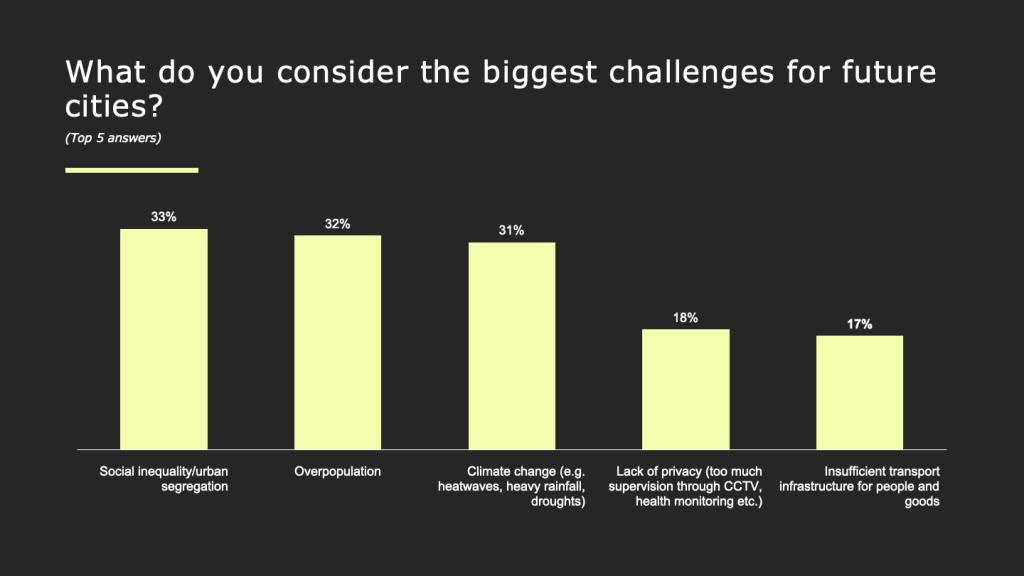
The Future Cities survey was conducted in Denmark by YouGov on behalf of AFRY. A total of 752 representatively chosen respondents took part in the survey, which took place in the period between August 23rd and September 2nd, 2021.
